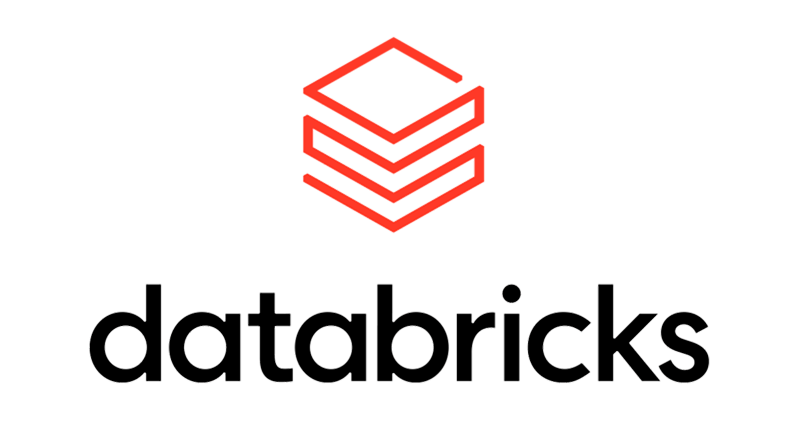

Business Intelligence technologies transform data into information, and then information into knowledge, which can be used to increase a company's competitiveness.
In our projects, we select a system technology to meet the business needs and project objectives of our clients. As part of the architecture building process, which is one element of our BI solution development process, we offer and establish which technology is of the greatest benefit. It is also common to combine several technologies, so that the synergy effect of several solutions can be achieved.

Microsoft Power BI – a business-oriented data visualisation tool. The platform also allows you to create advanced interactive applications with Power Apps and automate business processes with Power Automate. A recommended solution if you are not afraid to use the cloud, as it works well with Azure services. According to the GARTNER ranking, the solution is the undisputed market leader of BI

Qlik – another world-leading analytical BI tool recognised globally, which has been in the top three BI solution rankings for many years. It is very useful when we are looking for a tool that we can maintain ourselves in our resources without using the cloud.

Kibana - this is also the leader in the data visualisation navigation panel software available as a free Open Source solution. A browser-based, intuitive interface, making large volumes of data easier to understand. It is great for visualising system data, e.g. real-time application operation logs.

Dedicated solutions - when our clients have unique and specific needs, we create dedicated solutions, e.g. in the form of interactive management dashboards – providing monitoring of key indicators and automatic notification mechanisms Typically, these solutions are based on front-end technologies such as Angular, React, react-map-gl, Leaflet, Luma.gl and deck.gl.

Databricks, Snowflake – these are solutions used to build data warehouses and data lakes. Lakehouse, from Databricks, is based on the open-source Apache Spark platform, which enables analytical queries on semi-structured data without a traditional database schema. Snowflake is a data warehouse that supports ETL processes (in other words, the processes in the data warehouse, which means Extract, Transform and Load. This is a process in which the ETL tool extracts data from different data source systems, transforms it in the bridging area and then loads it into the Data Warehouse system). Databricks started mainly as a data lake company, but has added warehouse features to its product. Snowflake started on the opposite end of the spectrum as a data warehouse, and now introduces data lake features. Data lake is a system or repository of data stored in its natural or raw format. A broad range of analyses can be run directly on the data, which can then be used for visualisation (reporting, dashboards), bigdata processing, real-time analytics and machine learning.
|
Batabase:
|
|
ETL
|
|
Business Intelligence Tools
|
|
Other technologies
|